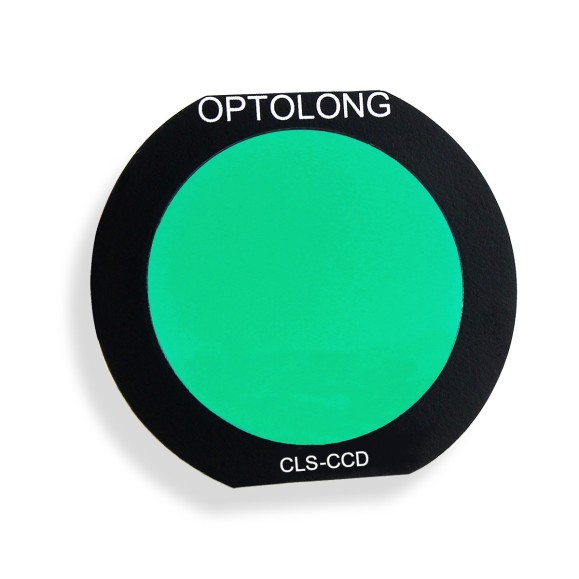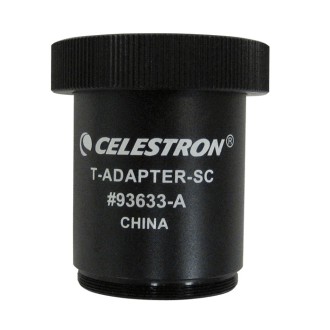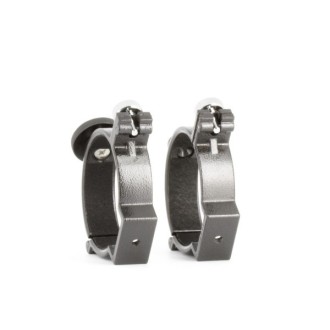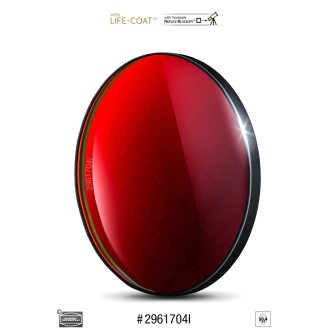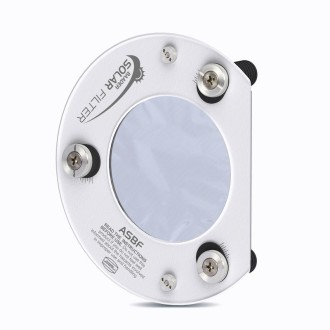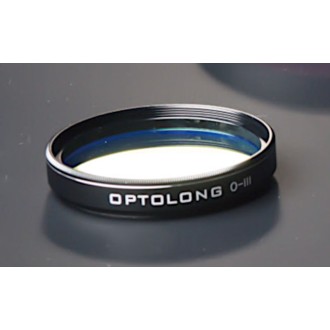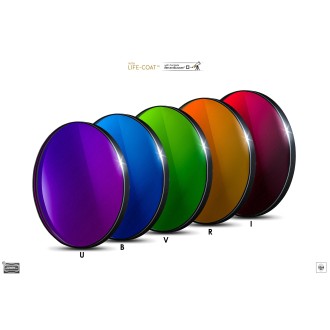
Filter Optolong anti-light pollution filter CLS-CCD EOS-C
The CLS-CCD broadband filter is designed to improve the visibility of deep space objects in astrophotography by selectively reducing transmission in the wavelengths of polluting artificial lights (mercury vapor and high and low pressure sodium lamps) and also natural light caused by the emission of neutral oxygen in our atmosphere (skyglow).
| Carrier | Description | Estimated Delivery | ||
|---|---|---|---|---|
 |
Home delivery - International | Home delivery - International |
Monday, 12 May - Monday, 19 May |
|

Home delivery - International
Home delivery - International
Estimated delivery:
Monday, 12 May - Monday, 19 May
Filter Optolong anti-light pollution filter CLS-CCD EOS-C
Product description
The CLS anti-light pollution filter is suitable for color CCD and digital SLR cameras modified for astrophotography; it is different from CLS in that it blocks infrared light with wavelengths between 700-1100nm. On the other hand, having a wider bandpass than UHC filters, it is a more suitable filter when observing under mild to moderate light pollution.
Its high transparency (95%) in the main emission lines of nebulae in OIII (496nm and 500nm), H-beta (486nm), NII (654nm and 658nm), H-alpha (656nm) and SII (672nm), makes it suitable for contrast and detail enhancement in most emission nebulae, planetary nebulae and supernova remnants, for astrophotography in sub-rural areas.
Moreover, its 0.1% out-of-band transmission, specifically in the major artificial light pollution emission lines (i.e., Na 589nm, Hg 435nm and 578nm) makes it an effective barrier against stray lights. The transmission of 0.1% is equivalent to OD3 [Densidad óptica=3]; (a high optical density indicates a very low transmission), always bearing in mind that light pollution filters do not increase the brightness of the object to be observed, but they do increase the contrast between the nebula and the night sky.
The filter is made with optical glass with a flatness level of λ / 4 on both surfaces (surface irregularities are
Its outermost coating with ion-assisted electron beam evaporation deposition technology gives it enhanced durability and scratch resistance, as well as CWL (center wavelength) stability unaffected by temperature changes.
Technical Specifications:
- Substrate material: Schott optical glass
- Multi-layer anti-reflective coating.
- Non-cementitious optical substrate coating.
- Thickness: 1.0 mm
- Peak transmission: 95% in nebulae emission lines (H-alpha 656nm, OIII 496nm and 500nm, SII 672nm and H-beta 486nm)
- Out-of-band transmission: 0.1%
- Out-of-band optical density: 3
- Filter factor: 2.6 (2.6 times more exposure required than without filter)
- Spectral windows of astronomical interest: OIII, Hbeta, NII, Halfa and SII
- Surface quality: 60/40
- RMS of transmitted wavefront: λ / 4
- Parallelism (arcsec): 30"
- Format: Clip
- Size: EOS-C (Canon APS-C)
COMPATIBILITY:
Clip-Filter -C format is compatible with the following Canon EOS APS-C models:
Canon Digital Rebel XS / Digital Rebel XSi / / EOS 1000D / EOS 500D / EOS Kiss F / EOS Kiss X2 / EOS Kiss X3 / EOS Rebel T1i / EOS 6D / EOS 60D + 60Da / EOS 7D / EOS 70D / EOS 50D / EOS 650D / EOS 600D / EOS 550D / EOS 700D / EOS 1100D / EOS 1200D / EOS 40D / EOS 30D / EOS 20D / EOS 10D
Being compatible with all EF type lenses.
Clip-on filters are not compatible with EF-S lenses for APS-C cameras, because the filter occupies the space where the back of the lens is housed.
Filter Optolong anti-light pollution filter CLS-CCD EOS-C




